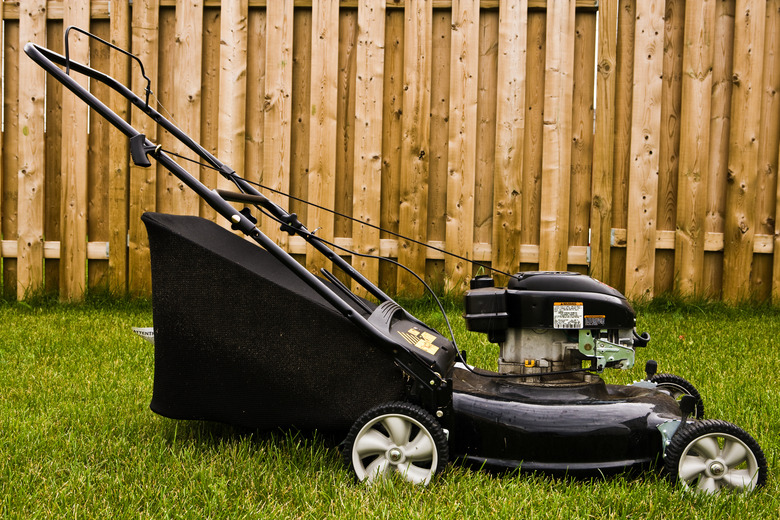Husqvarna Mowers Troubleshooting
Troubleshooting a Swedish Husqvarna lawn mower depends upon what's wrong. Whether it's because the mower will not start, runs with poor performance, or won't cut the grass properly, successfully troubleshooting the problem is half the process of getting back to work. The other half, of course, is repairing the mower. The sooner you troubleshoot the damage, the sooner your day taking care of the lawn is done.
Starting
It's easy to check the fuel level, but did you check the oil? When the oil sump goes dry the engine won't start. Look on the bottom of the Husqvarna engine and find the oil fill cap. A small dipstick will tell you if it's low or empty. Fill with the recommended oil for your engine. Wait, though, until you are done troubleshooting the mower before adding more oil. Also, check the spark plug and the spark plug lead wire. These are located right on the front of the engine. Remove the lead and make sure it's clean and with no corrosion. If it is, clean it with a piece of rolled up sandpaper. Remove the spark plug with a spark plug socket and check the electrode on the bottom. Make sure it's clean and free of soot and buildup.
Operation
If your Husqvarna lawn mower doesn't have enough power or starts and stops, you may have a fuel or carburetor problem. If necessary, empty the fuel tank and let it dry completely. It's rather easy for water to get in the gasoline. At the bottom of the fuel tank is a small rubber hose that connects to the Husqvarna engine. Make sure it's free of any clogs or crimps that could affect fuel flow. The fuel line attaches to the carburetor. Remove the air filter cap and the air filter housing by taking out the set screws that hold it in place. Underneath is the carburetor. Make sure the carburetor is clean and free of any debris. While you've got the air filter disassembled, clean the sponge air filter completely with some warm water and a good degreaser. Let the filter dry completely, then reassemble the air filter housing.
Cutting
While the fuel tank is empty and before you put in more oil, put the oil cap on securely and turn the lawn mower over. Check the cutting blade and make sure both sides have sharp edges. A dull blade will "push" the grass instead of cutting it. Use a metal file or rotating sharpening stone to put a good edge on the blade (rotating stones are round stones mounted on hand drills. The spinning stone will sharpen metal edges.) Also, make sure the blade is mounted securely to the drive shaft. If the blade iwiggles, it won't cut properly.
